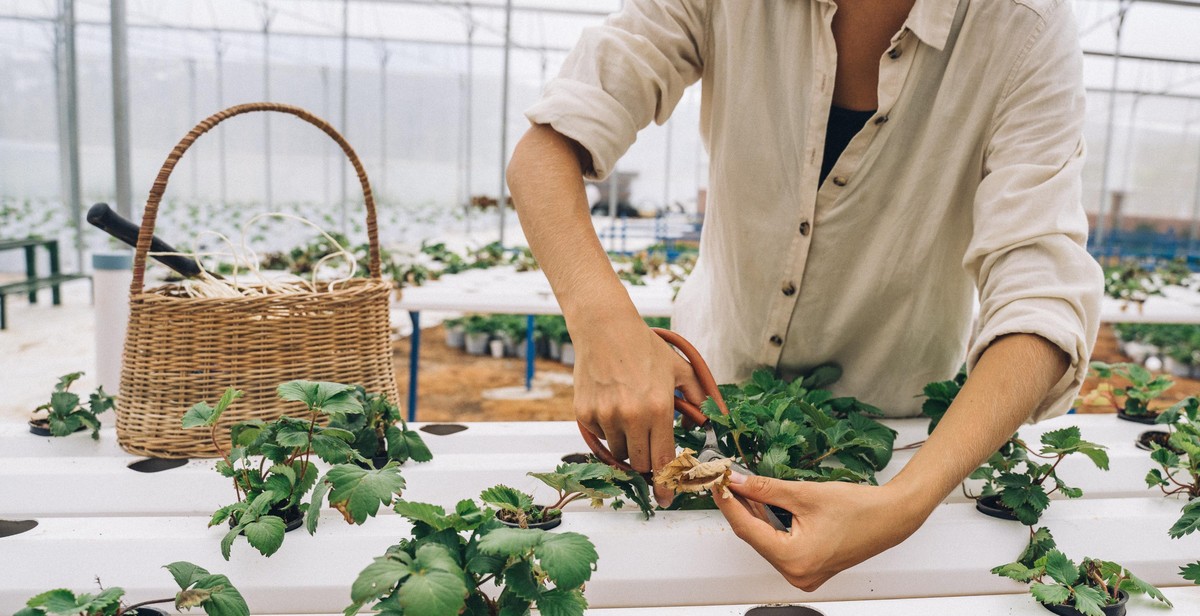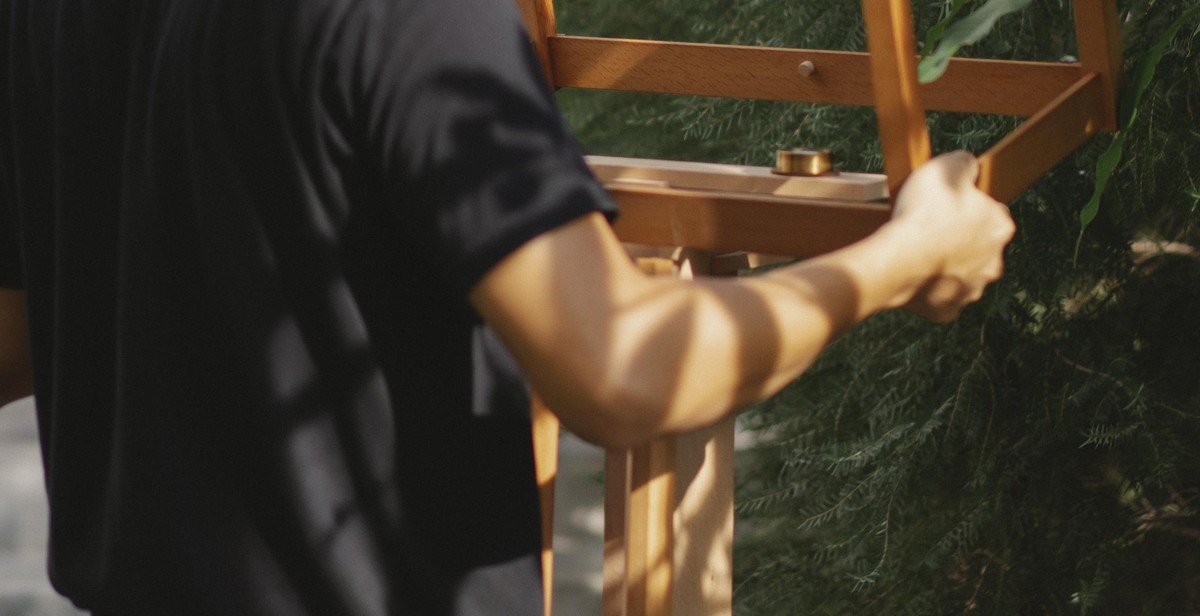How to Create a Vertical Garden with Recycled Materials
Vertical gardens are a popular trend in urban gardening, as they allow you to maximize space while adding a touch of greenery to your living area. The best part? You can create a vertical garden with recycled materials, making it an eco-friendly project that won’t break the bank.
Why Create a Vertical Garden?
A vertical garden is a great way to add some greenery to your living space, whether you live in a small apartment or a spacious home. These gardens are also perfect for those who want to grow their own herbs, fruits, and vegetables but don’t have a lot of outdoor space. Vertical gardens can be created indoors or outdoors, and they can be customized to fit any aesthetic.
What Materials Can You Use?
The beauty of creating a vertical garden is that you can use just about anything you have on hand. Some popular materials include:
- Pallets
- Old gutters
- Shoe organizers
- Wooden crates
- Plastic bottles
With a little creativity, you can turn just about any item into a vertical garden.
How to Create a Vertical Garden with Recycled Materials
Creating a vertical garden with recycled materials is a simple and fun project that anyone can do. In this article, we’ll walk you through the steps of creating your own vertical garden using recycled materials. From choosing the right materials to planting your favorite herbs and vegetables, we’ve got you covered.

What is a Vertical Garden?
A vertical garden is a garden that grows vertically instead of horizontally. It is a technique of growing plants in a vertical direction, using a variety of methods, such as hanging planters, wall-mounted planters, or trellises. Vertical gardens are becoming increasingly popular as a way to maximize space in urban areas while also providing numerous benefits to the environment and those who tend to them.
Benefits of Vertical Gardens
Vertical gardens offer several benefits for both the environment and the people who maintain them. Some of the benefits include:
- Maximizing space: Vertical gardens are perfect for small spaces, such as balconies, patios, and rooftops, where traditional gardens are not possible.
- Improving air quality: Plants absorb carbon dioxide and other pollutants, helping to purify the air we breathe.
- Reducing energy costs: Vertical gardens can help to insulate buildings, reducing the need for heating and cooling systems.
- Providing food: Vertical gardens can be used to grow vegetables and herbs, providing a source of fresh produce for urban dwellers.
- Reducing water usage: Vertical gardens require less water than traditional gardens because they use a hydroponic system that recirculates water.
Types of Vertical Gardens
There are several types of vertical gardens, each with its own advantages and disadvantages. Some of the most common types include:
| Type | Description |
|---|---|
| Green Walls | A living wall that is attached to the exterior or interior of a building. |
| Trellis Systems | A series of wires or ropes that support climbing plants. |
| Modular Systems | A system of modular planters that can be used to create a vertical garden. |
| Hanging Planters | Planters that are suspended from a wall or ceiling. |
| Window Boxes | Planters that are attached to the outside of a window. |
Each type of vertical garden has its own unique benefits and challenges. For example, green walls can be expensive to install and maintain, while hanging planters are more affordable but require frequent watering.
Overall, a vertical garden can be a great way to add greenery to your home or office while also enjoying the numerous benefits it provides. With a little creativity and some recycled materials, you can create a beautiful and sustainable garden that will thrive for years to come.

Using Recycled Materials for a Vertical Garden
Vertical gardening has become increasingly popular in recent years, and for good reason. It’s a great way to maximize your gardening space, especially if you have limited outdoor space. Plus, it adds a unique and eye-catching element to your home or garden. However, creating a vertical garden can be expensive, and many people don’t want to spend a lot of money on something they’re not sure will work. That’s where recycled materials come in.
Why Use Recycled Materials?
Using recycled materials for your vertical garden has several benefits:
- It’s eco-friendly: By using recycled materials, you’re reducing waste and helping the environment. Plus, you’re giving new life to something that might have otherwise been thrown away.
- It’s cost-effective: Recycled materials are often free or very cheap, which means you can create a vertical garden without breaking the bank.
- It’s creative: Using recycled materials allows you to get creative and think outside the box. You can create a unique and personalized vertical garden that reflects your personality and style.
Materials You Can Use
When it comes to creating a vertical garden with recycled materials, the possibilities are endless. Here are some materials you can use:
| Material | Description |
|---|---|
| Pallets | Wooden pallets can be easily transformed into a vertical garden by attaching planters or pots to the slats. Plus, they’re sturdy and can hold a lot of weight. |
| Shoe Organizers | Hanging shoe organizers with pockets can be filled with soil and plants, creating a unique and space-saving vertical garden. |
| Gutter Systems | Old gutter systems can be attached to a wall and used as planters for herbs or small plants. |
| Tin Cans | Empty tin cans can be painted and hung on a wall, creating a colorful and eco-friendly vertical garden. |
| Bottles | Plastic bottles can be cut and used as planters for small plants or herbs. |
| Old Furniture | Old chairs or dressers can be repurposed into a vertical garden by attaching planters or pots to the surfaces. |
These are just a few examples of the many materials you can use to create a vertical garden with recycled materials. The key is to get creative and think outside the box. With a little bit of imagination, you can create a unique and beautiful vertical garden that’s both eco-friendly and cost-effective.

How to Create a Vertical Garden with Recycled Materials
Vertical gardening is a great way to maximize space in a small yard or on a balcony. By using recycled materials, you can also create an eco-friendly garden that is good for the planet. Here is a step-by-step guide on how to create a vertical garden with recycled materials.
Step 1: Choose the Right Location
The first step in creating a vertical garden is to choose the right location. You want to select an area that gets plenty of sunlight and has good drainage. If you are creating a garden on a balcony, make sure the weight of the garden is not too heavy for the structure.
Step 2: Choose the Right Plants
Choose plants that are suitable for vertical gardening. Look for plants that have shallow roots and can grow in small spaces. Some great options include herbs, succulents, and small flowers.
Step 3: Choose the Right Materials
Choose recycled materials for your vertical garden. You can use old pallets, wooden crates, or even old gutters to create the structure for your garden. Make sure the materials are sturdy and can hold the weight of the plants.
Step 4: Prepare the Materials
Prepare the materials by cleaning and sanding them down. If you are using wooden crates or pallets, line them with landscape fabric to prevent soil from falling out. Drill holes for drainage if necessary.
Step 5: Install the Garden
Install the garden by stacking the materials or hanging them on a wall. Start by adding soil to the containers and then add the plants. Make sure to space the plants out evenly and water them thoroughly.
Step 6: Water and Maintain the Garden
Water the garden regularly and fertilize as needed. Make sure to prune the plants to prevent them from taking over the space. Check for pests and diseases and treat them promptly.
Creating a vertical garden with recycled materials is a fun and eco-friendly way to add some greenery to your space. With the right location, plants, and materials, you can create a beautiful and sustainable garden that you can enjoy for years to come.
